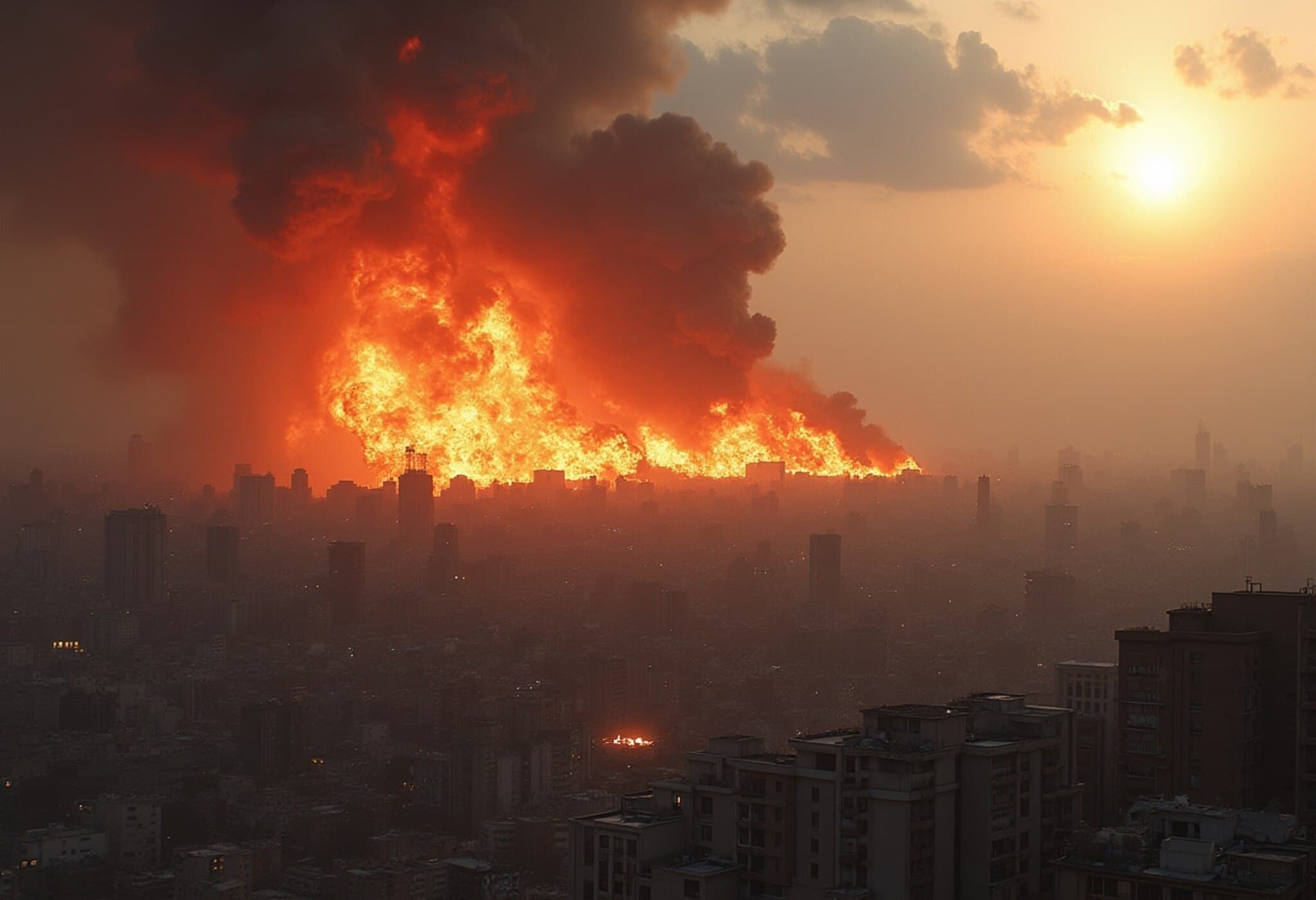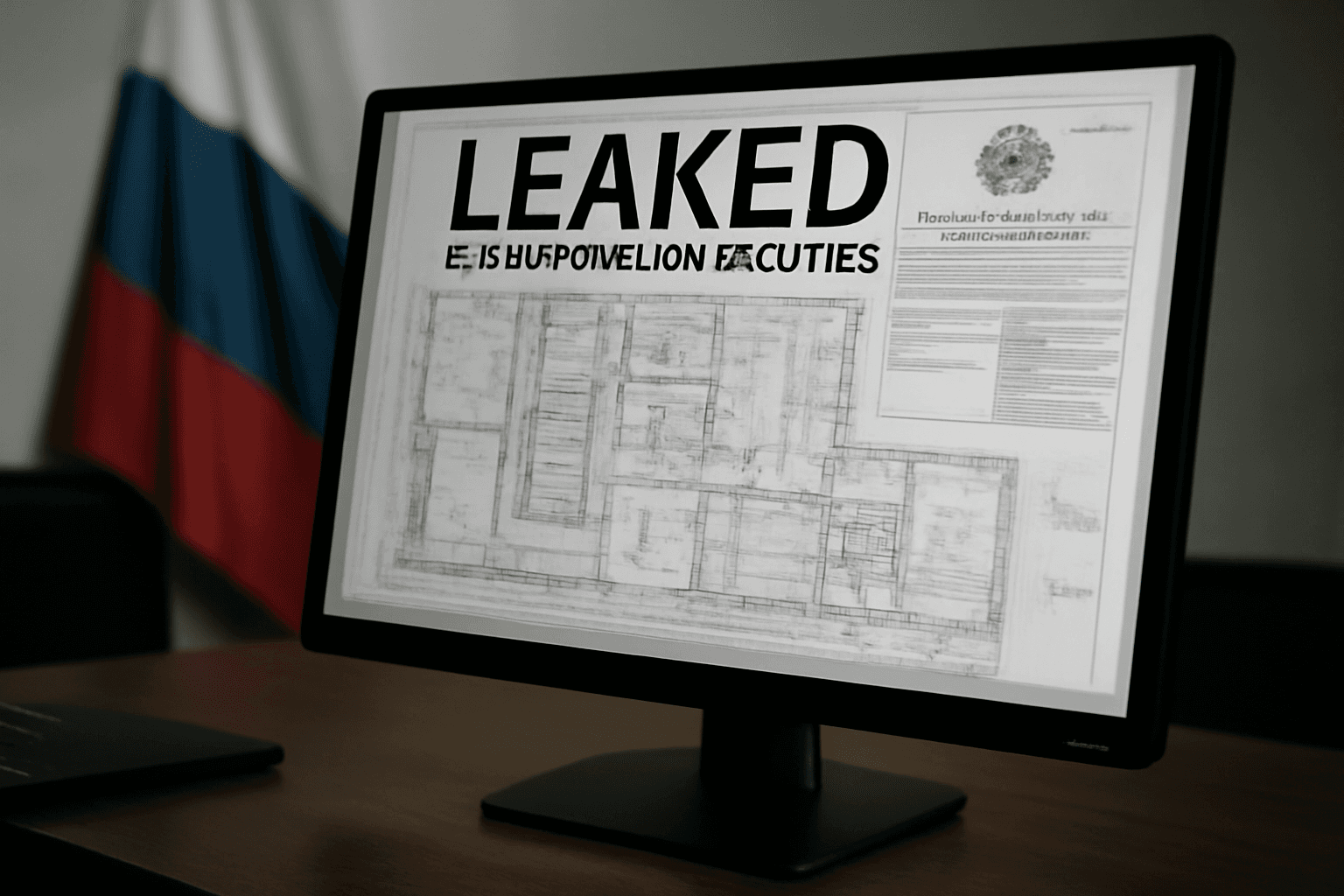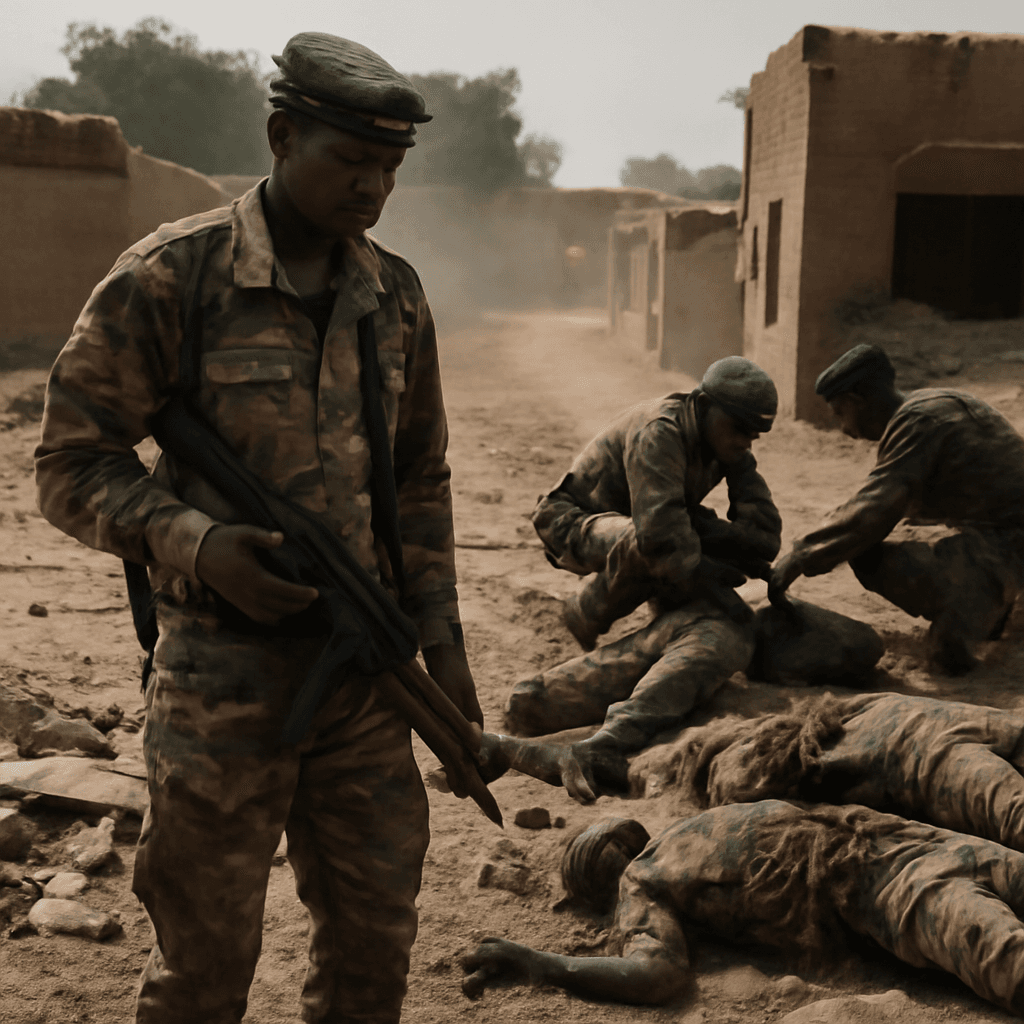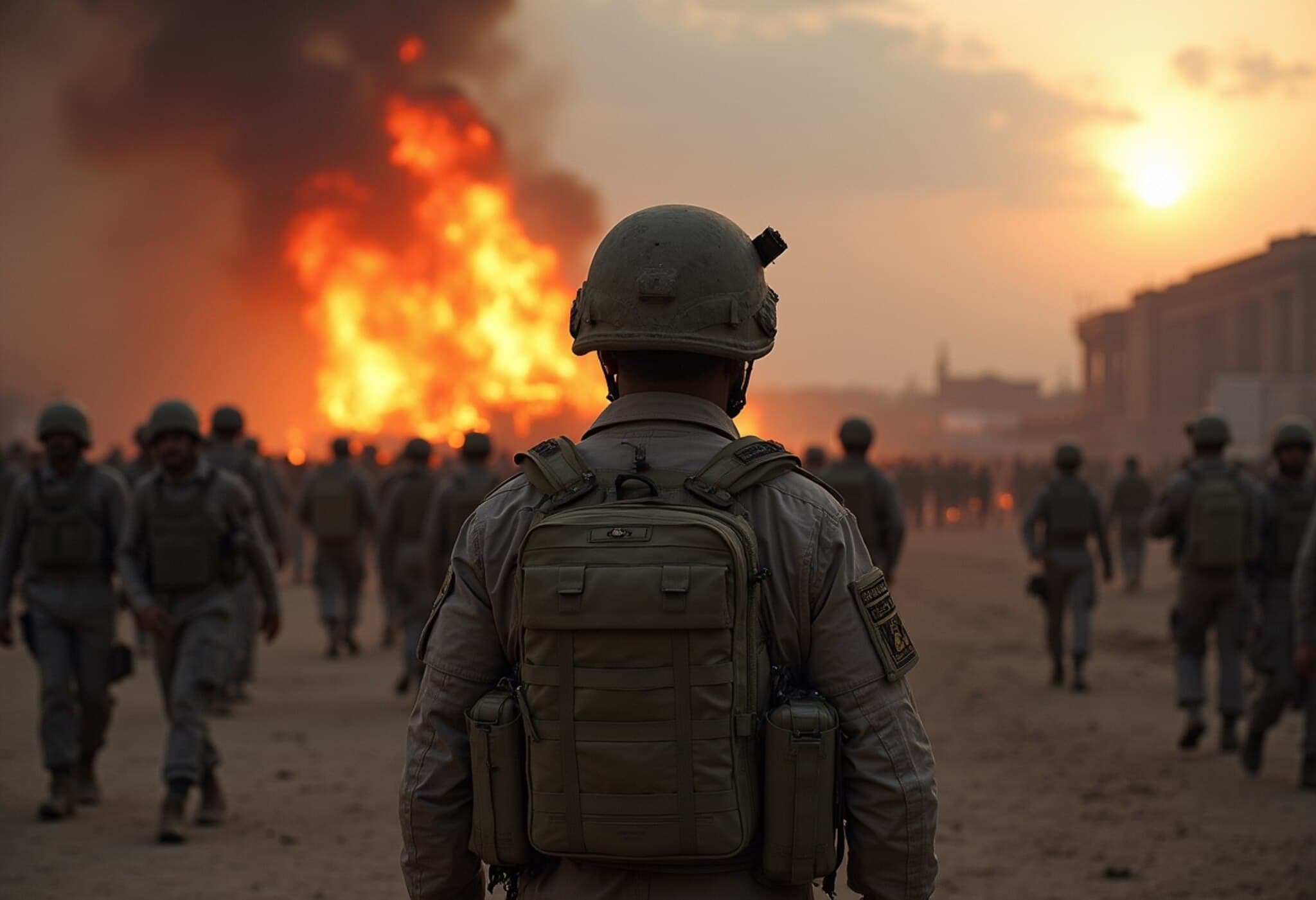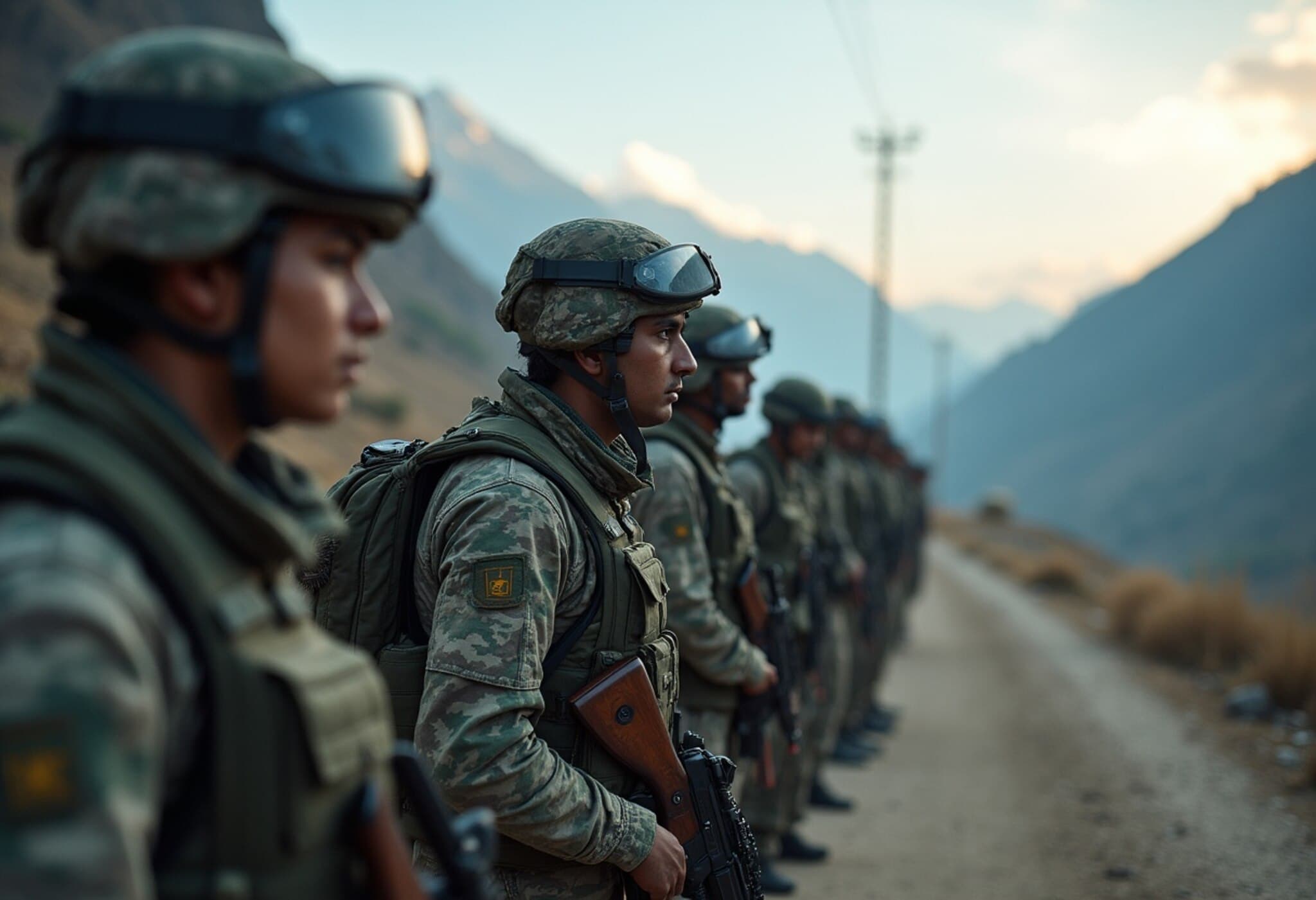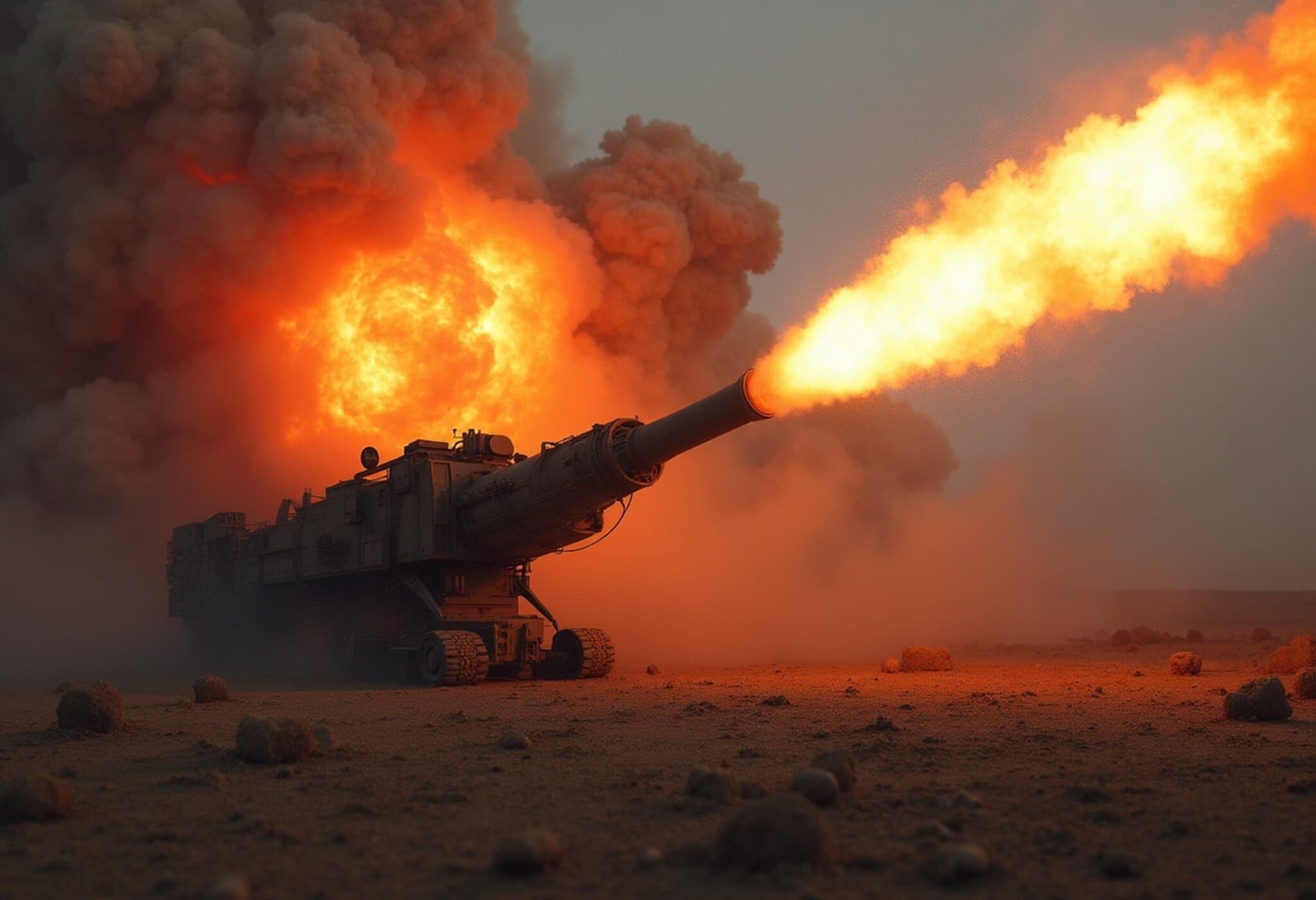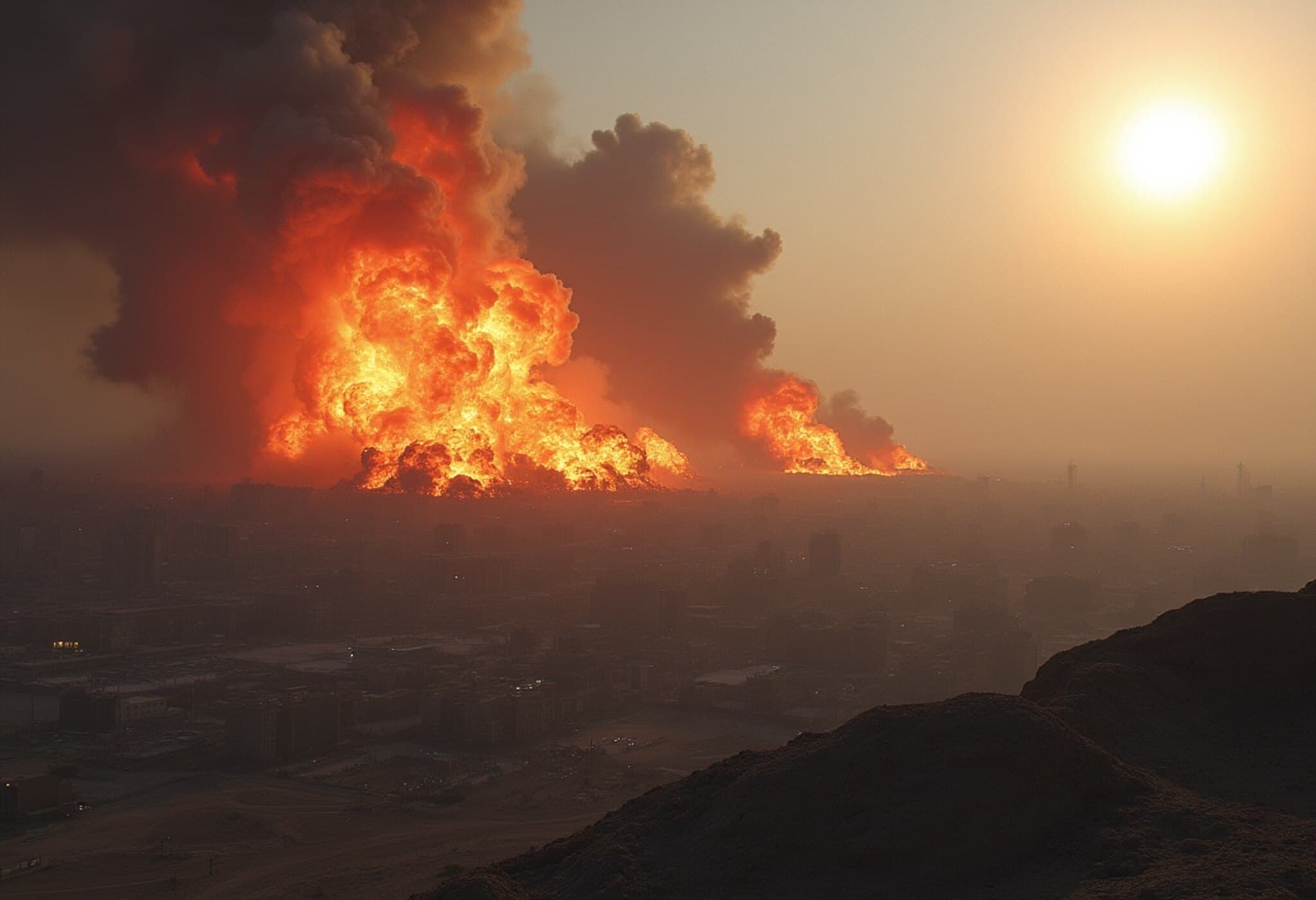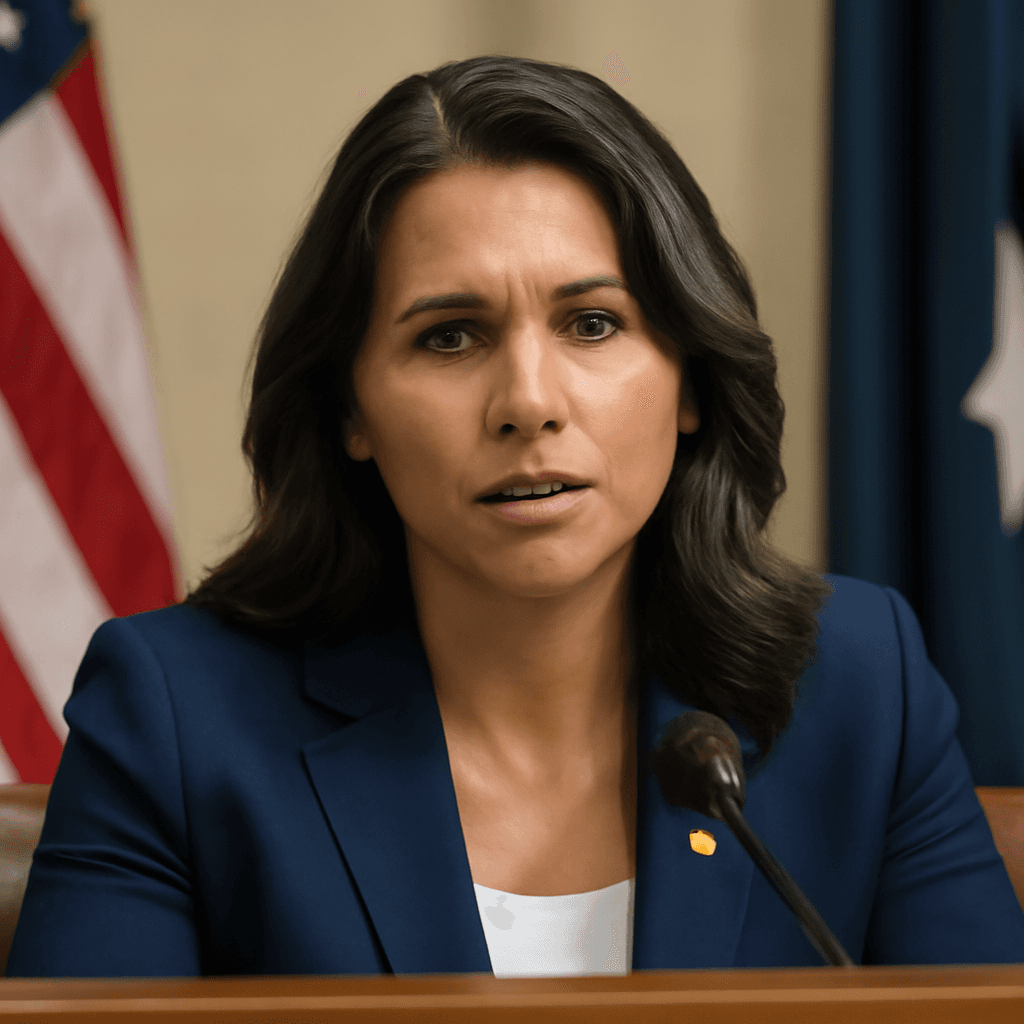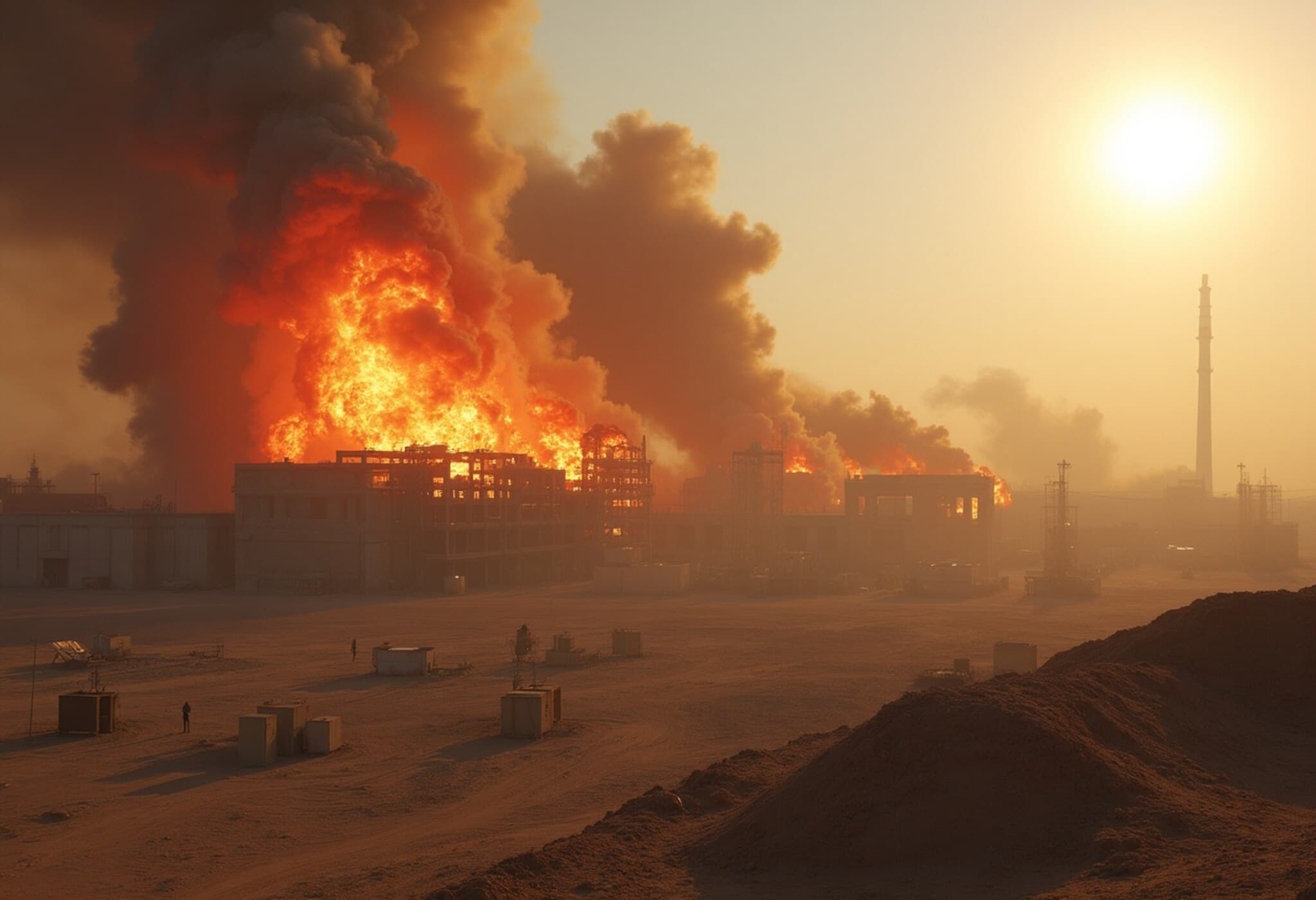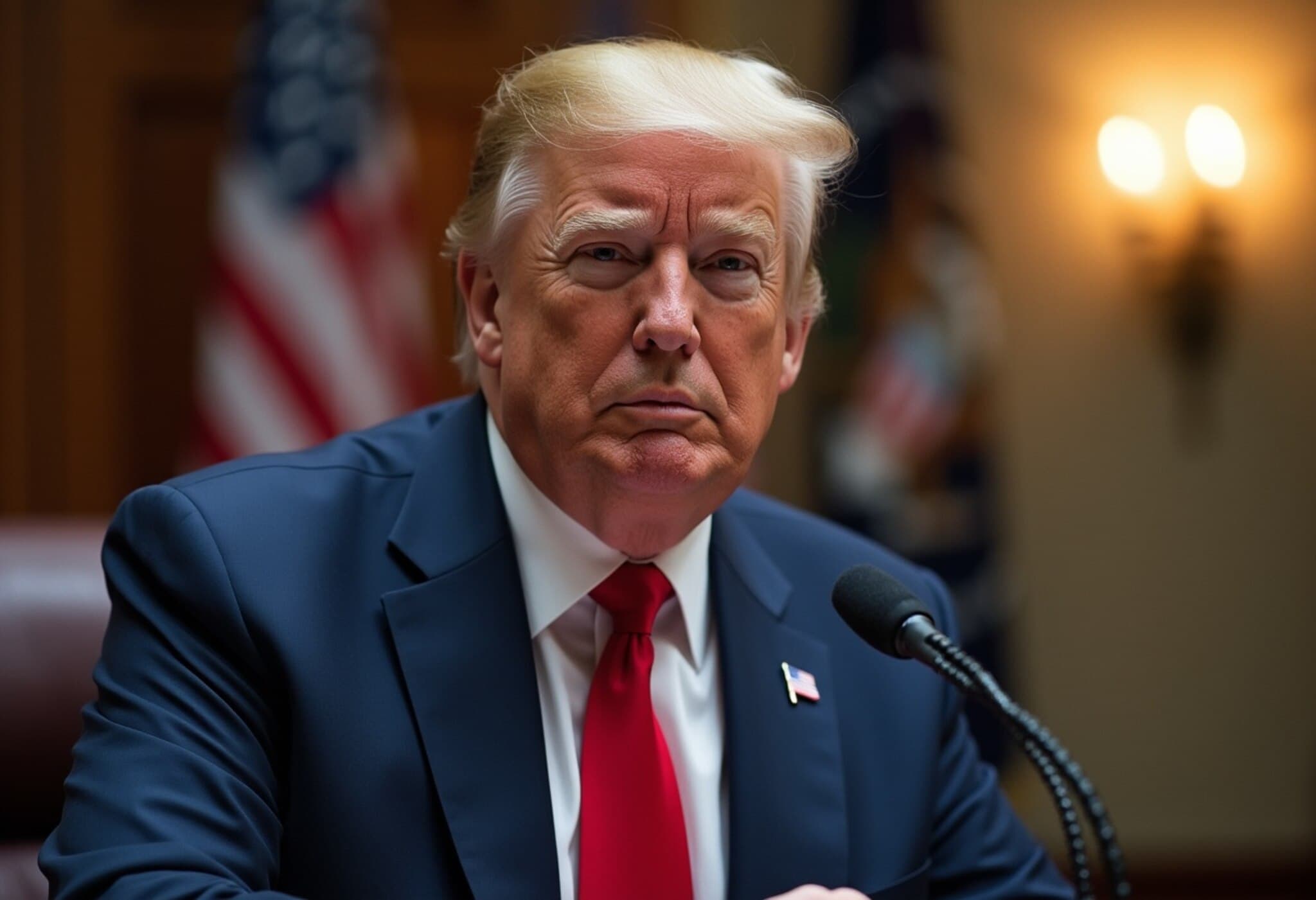Top US Intelligence Officials Dispute Media Reports on Iran Strike
Leading US intelligence figures have pushed back strongly against media narratives that minimized the impact of recent airstrikes targeting Iran’s nuclear facilities. Contrary to reports suggesting limited damage, officials revealed the attacks inflicted substantial destruction to key sites, projecting a lengthy and complex rebuilding process.
‘Complete Destruction’ of Key Nuclear Facilities
Tulsi Gabbard, Director of National Intelligence, took to social media to denounce what she described as "propaganda media" tactics aimed at undermining the perceived success of the strikes. She emphasized that the Iran nuclear sites at Natanz, Fordow, and Isfahan suffered near-total destruction during the operations.
Gabbard stated, "If Iran chooses to rebuild, it would mean reconstructing all three facilities entirely, a process that could take years." Her comments directly contradicted earlier leaks suggesting the damage was superficial or easily repairable.
CIA Director Affirms Serious Setbacks to Iran’s Nuclear Program
Echoing Gabbard’s firm stance, CIA Director John Ratcliffe confirmed the agency had obtained credible intelligence indicating significant setbacks to Iran's nuclear ambitions. In a formal statement, Ratcliffe stressed the severity of the damage, noting, "Iran's nuclear facilities have been severely damaged by the recent, targeted strikes."
Ratcliffe also challenged media leaks based on classified information obtained without authorization, characterizing those reports as inaccurate reflections of current US intelligence assessments.
Intelligence Community’s Most Forceful Response Yet
These declarations mark the most assertive public rebuttal from US intelligence agencies since the airstrikes. The officials made clear their commitment to ongoing surveillance of Iran’s nuclear developments and pledged to keep both policymakers and the public updated as further insights emerge.
Media and Information Warfare in Focus
The controversy highlights the intense battle over information narratives surrounding military and intelligence operations. Officials accused certain media outlets of disseminating selectively leaked, low-confidence intelligence aimed at diluting the perceived effectiveness of the US strikes. This underscores the challenges of maintaining accurate public understanding amid leaks and disinformation.
Looking Ahead
- The destruction at Natanz, Fordow, and Isfahan is likely to delay Iran’s nuclear progress by several years.
- US intelligence will continue to carefully monitor Iran’s recovery efforts and nuclear developments.
- The debate around media reporting stresses the need for verified and responsibly handled intelligence information in public discourse.
As tensions persist in the region, the true impact of the strikes will unfold over time, but current intelligence points toward a meaningful setback for Iran’s nuclear capabilities.

